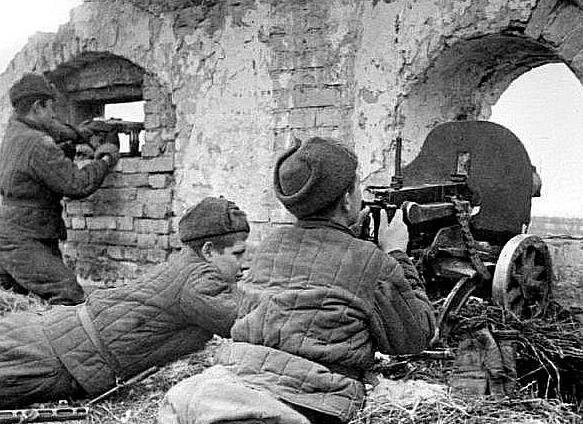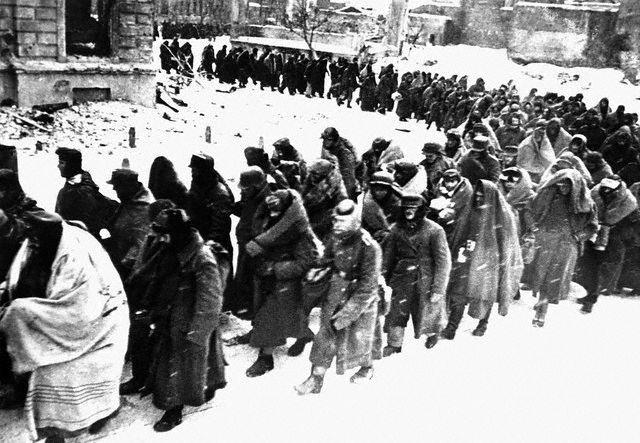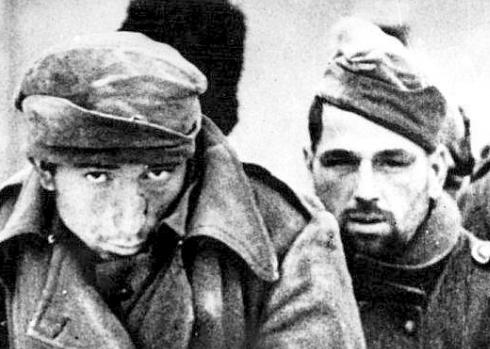The battle of Stalingrad became one of the most important events of the 20th century. As a result, the Wehrmacht lost 16% of the personnel and a huge amount of military equipment. After this battle, it became clear to the whole world that Hitler would not win the war, and his collapse was only a matter of time.
However, today some historians claim that the victory of the Red Army could cause the complete defeat of Nazism back in 1943, and they have good reason for this.
The battle of Stalingrad became the line beyond which the collapse of Hitlerism began. Conventionally, it can be divided into two stages: defensive and offensive. From mid-July 1942 to November 18, the troops of General Weiss, who commanded Army Group B, attacked the Stalingrad Front. The enemy had some advantage in manpower and equipment, and within a month he managed to squeeze the position of the defenders of the city. At this moment, namely July 31, Hitler made a strategic mistake that could lead the Wehrmacht to complete military defeat. He transferred the fourth tank army to the Volga from the Caucasian direction in the hope of breaking the resistance with an additional effort.

It seemed to the German command that the battle for Stalingrad was about to end in success. They managed to break into the city, and even capture most of it. After massive bombing and stubborn attacks, the half-ring advancing with its edges rested in the river. Goebbels Propaganda Ministry boastfully stated that the 4th Army tankers poured Volga water into the radiators of their vehicles, and this was true. The city’s defenders lost ground supply capabilities, and the delivery of ammunition, medicine, and food by water was extremely difficult.
In the heat of triumphant reports, only some military experts drew attention to the fact that the battle of Stalingrad took on a positional character, and the German 6th Army lost the possibility of maneuver, bogged down in the street battles among the ruins of houses. Her forces were dispersed into dozens and hundreds of directions. The huge casualties suffered by the Wehrmacht during hundreds of attacks depleted the offensive potential.

At this moment, the Soviet General Staff developed a plan according to which the Paulus army was to be surrounded and destroyed, and with a subsequent attack on Rostov the entire Caucasian group was cut off and also blocked, which would mean the complete collapse of the German military machine. Reserves were pulled into a strategically important area, the forces of the parties amounted to millions of forces, and the advantage was already on the Soviet side. To implement this ambitious plan, counter-strikes from the Don Front of the Rokossovsky and South-Western Front of Vatutin should have been delivered. The main part of the plan was the battle of Stalingrad. The date of November 19 was the beginning of an offensive operation with the goal of encircling the 6th German army.

The success was facilitated by weather conditions (frost combined with a small amount of snow), Hitler's next strategic mistakes, which forbade Paulus to retreat, the weak fighting qualities of the Romanian and Italian soldiers, the German allies defending the flanks. At Kalach station, on November 23, counter-strikes from the South-Western and Don Fronts closed the encirclement. Gott's tank army, trying to break through the blockade, "suffered an embarrassment."
The Soviet attack on Rostov did not take place due to the stubborn and prolonged resistance of the encircled German troops. Wehrmacht soldiers, and there were more than 300 thousand, fought in a hopeless situation until February 1943, supplied only by air. To avoid huge losses, the Red Army did not storm the city, limiting itself to shelling and bombing. Seven Soviet armies kept the Germans in the circle of encirclement, not allowing them to escape.
The stubborn resistance of the Paulus army allowed the German command to maintain and withdraw from the Caucasus a force grouping, without which further military operations would be doomed to an early defeat.
History does not tolerate the subjunctive mood. What would happen if Paulus capitulated earlier, today we can only make bold assumptions. The facts, however, indicate that the battle of Stalingrad became that boundary, after which the Soviet people and their allies no longer doubted victory.